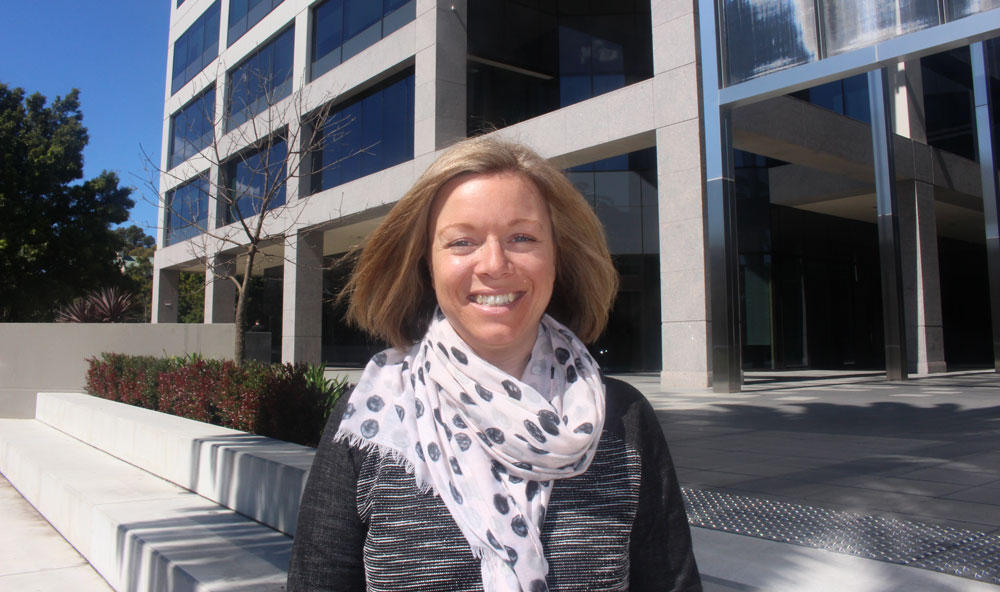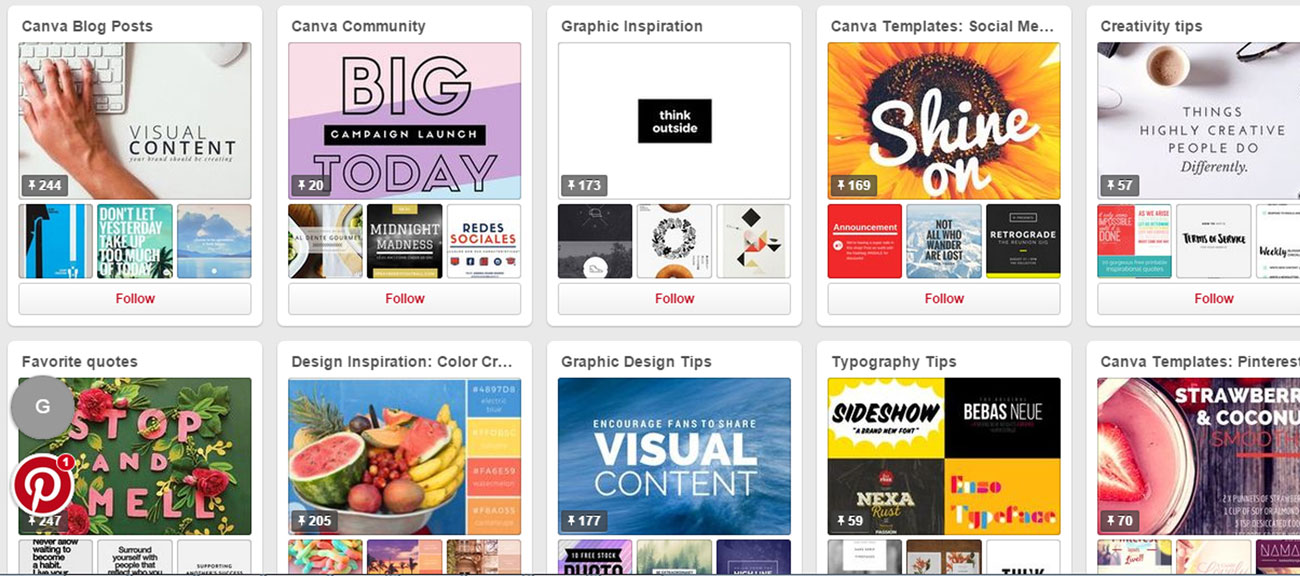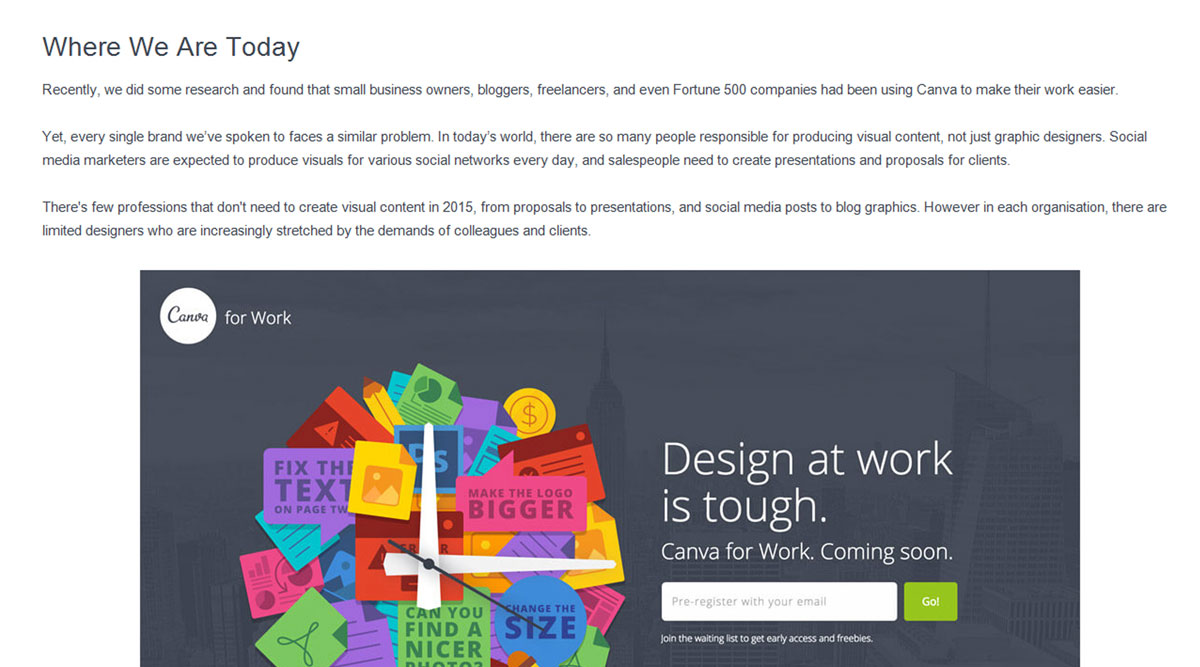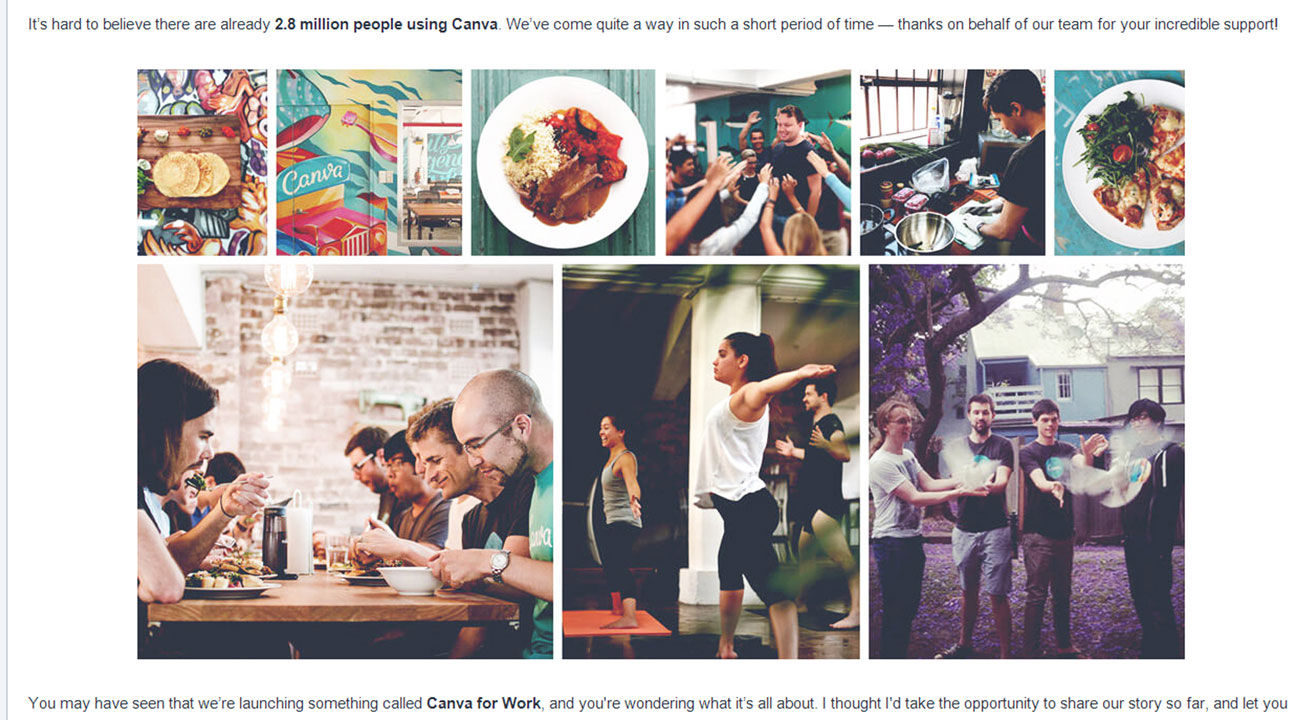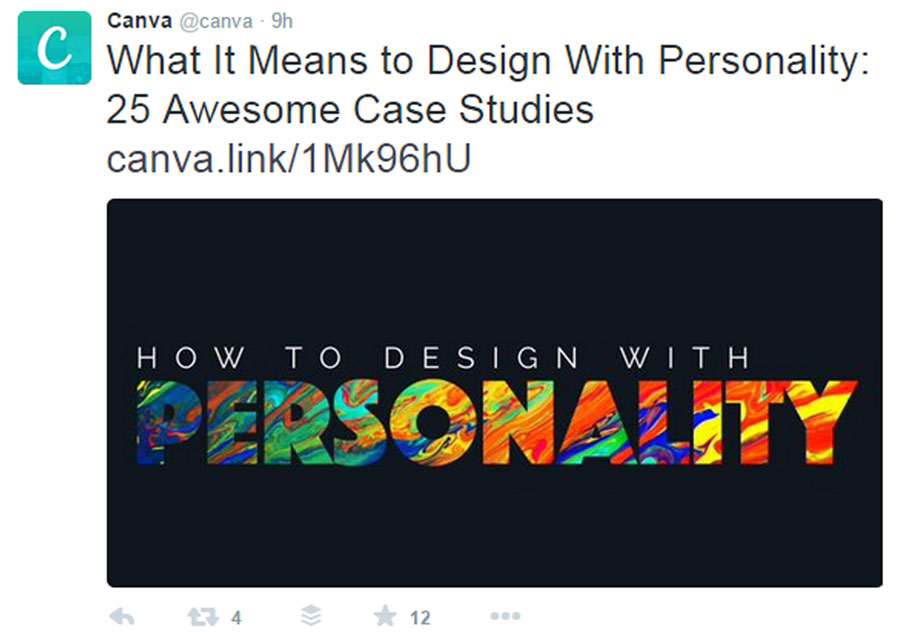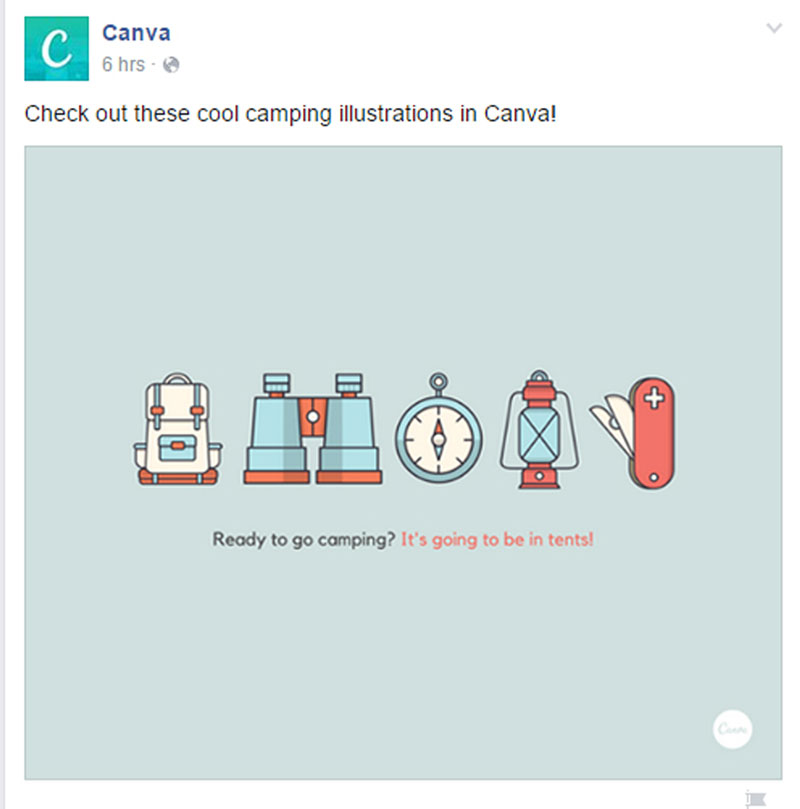iSentia’s Claire Waddington reckons most brands are socially inept. She wrote this piece for M+AD to point out the common mistakes marketers make online – and three simple changes brands can make straight away.
Waddington is the marketing & communications manager at Isentia Australia, from where she looks after the Australian and New Zealand market.
With data, reporting and accountability more important than ever, she works closely with sales to ensure marketing is seen as a revenue generator not a cost centre. She is a marketing automation enthusiast with experience across both B2B and B2C environments in utilising developing technology to improve marketing processes and results.
Waddington’s marketing experience across brand, digital, social, events and advertising has led to expertise across all facets of the marketing mix. She holds a Bachelor of Arts (BA Hons) in Design Management and currently serves on the Marketing & Communications Advisory Board for The PR Institute of Australia.
So, why most brands are still socially inept?
Social media is not new, so why are some brands still falling over at the smallest hurdles when it comes to making social media part of their marketing plan?
A lot of the problem seems to be based in fear from our stakeholders. Fear about a platform they don’t understand, fear of opening up the flood gates of complaints and fear of not being able to resource something that they think isn’t right for your target market anyway! But with nearly 50% of all online time spent on social media* you can be sure that your audience is spending a significant part of their day on one social platform or another.
Compounding the problem is that social media could be under the ownership of any number of departments from marketing to communications to media to corporate affairs to customer service. Political minefields then have to be negotiated in order just to make sure that you have the right people in the room to even openly discuss social media.
But not ensuring that social media is part of the conversation from the outset will just perpetuate the problem and mean that you will never be able to integrate it properly into your marketing. The social media fails are the stories that tend to get shared, and are obviously the stories that your stakeholders are no doubt so worried about.
But there are some great examples of brands using social sometimes in ways that you just don’t expect.
Hilton Suggests is a team of Hilton employees in various location who suggest options in their local areas, be that restaurants, things to do or places to see. They are clearly monitoring Twitter for mentions of certain cities but use this as an opportunity not to sell Hilton, but to surprise and delight with tweets aimed specifically to address one to one needs. And they never seem to push Hilton as a hotel provider, it is just about helping people with travel tips. A complete delight when dealing with a big corporation like Hilton!
Or you can approach social with a coherent and complete plan for all channels that would work for you as a brand which can help present who you are and what you stand for. Canva (amazing home-grown Australian design software) are currently doing this with beautiful images across all their social channels as well as their communications with customers:
By letting fear play into your development process you will end up with badly planned and even more poorly executed social media activity. So here are three simple changes you can make in your approach to social to help you instantly feel better about social media:
- Start using social media to research your brand and your industry: Ok so you probably can’t just launch into social by yourself, often social media activity needs to be approved by a panel of people most of whom are scared about even getting started. But social is a great way to research your industry and mentions of your brand as well as giving you a good idea of what influencers in your industry are talking about. Twitter advanced search is awesome but if you want to get your company stakeholders on board, a simple social media listening tool is a great place to start.
- Bring social media up to the front of the conversation: If you work with a creative agency like Two Social, the creative social media arm of Isentia, you should add social into your initial campaign brief. It means that social can be considered as part of the whole campaign rather than a last minute add on that won’t make sense. This way the social elements of your campaign will be much more integral to the overall success of the campaign and therefore much more likely to get buy in with the people holding the purse strings or final sign off.
- Measure your successes and your failures: Marketers should be aiming to position themselves as a revenue generating department. By not measuring social or neglecting to measure it properly you are doing yourself a disservice that is actually really easy to resolve. Social media can provide you with all kinds of measurement – but don’t just measure Facebook Likes because you can; determine what measures of engagement matter to your stakeholders and start there. You could look at engagement with your posts by channel to determine which works best for your audience, or even better engagement of your posts in terms of A/B testing headlines or images to really understand what appeals to your audience. By providing measurement, even if it isn’t always the results you hope for, you demonstrate that you are willing to hold yourself accountable which will gain you much more respect in the long run.
Share this Post

